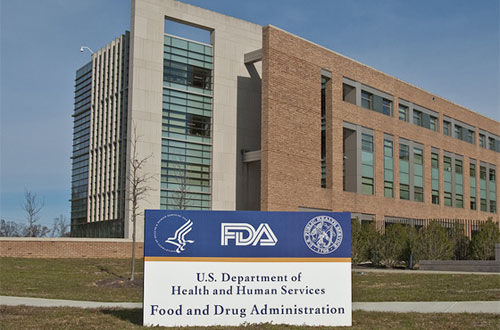
The FDA has laid out plans to encourage the development of new therapies for rare diseases in children, including a quicker approval route, greater use of biomarkers in clinical trials, and more engagement with the private sector.
With the new strategic plan the US regulator wants to tackle the unique challenges faced when developing new drugs and medical devices for rare paediatric diseases, such as the low number of patients who can participate in studies.
“Not only is there the potential for children to respond differently to products as they grow but there are also additional ethical concerns for this patient population,” said Jill Hartzler Warner, FDA’s associate commissioner for special medical programmes in a blog.
The US regulator was required to develop a framework for rare childhood diseases in the wide-ranging Food and Drug Administration Safety and Innovation Act (FDASIA) of 2012, and held a stakeholder meeting in January to discuss the issues and guide the development of the strategic plan.
Among the key findings of the meeting was a need to get more comprehensive information about the natural history of rare diseases, greater involvement of patients and caregivers in the therapeutic development process and – potentially – willingness for very sick children and their families to accept a greater level of risk.
Much of the discussion at the meeting focused on the challenges of designing clinical trials for the study of small, heterogeneous populations.
The strategic plan focuses on four key objectives, according to Hartzler Warner. The agency wants to support research into rare diseases and will issue guidance for sponsors carrying out studies in this area, as well as on the use of computational modelling in medical device development, which can predict how a device will perform before the first prototype is made.
The FDA also wants to foster information-sharing between national agencies and industry and develop new “tools, standards, and approaches” to assess the safety, efficacy, quality, and performance of new therapies, including biomarkers and clinical outcome assessments.
“We also plan to further develop the expedited approval pathway for medical devices intended to treat unmet medical needs; and use FDA’s web-based resources to update and expand awareness of issues involving the development of medical products for paediatric rare diseases,” writes Hartzler Warner.
Finally, the FDA will look into establishing a structured approach to benefit-risk assessment in the drug review process, and will set up a patient engagement panel as part of the medical device advisory committee process.
The National Institutes of Health (NIH) estimates there are around 7,000 rare diseases affecting more than 25 million Americans and their families, with around half of that total involving children.




